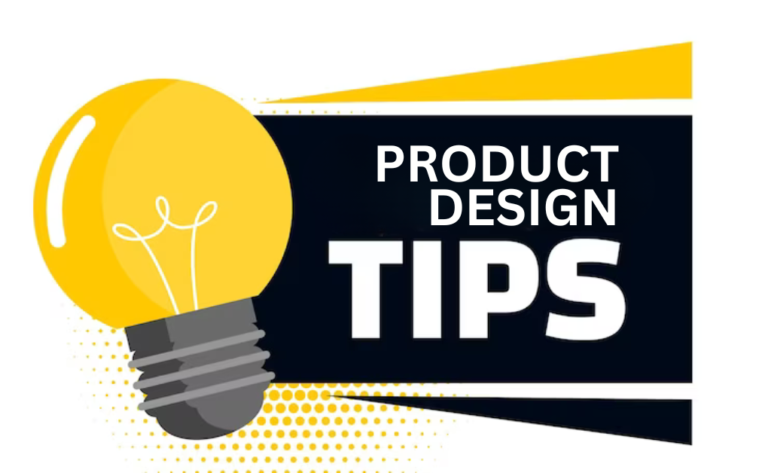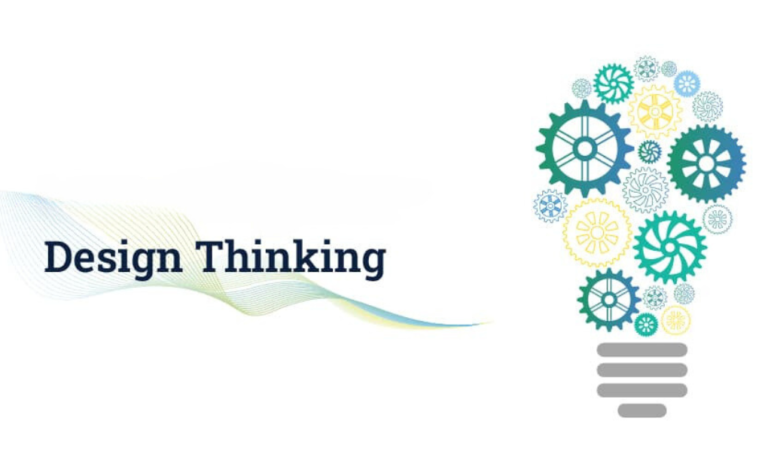A Step-by-Step Guide for Innovative Product Development

In today’s fast-paced and competitive market, innovation is the key to success for any business. Developing innovative products that cater to the needs and desires of customers can help companies stand out from the crowd and create a lasting impact. However, the process of innovative product development is complex and requires careful planning and execution. In this blog post A Step-by-Step Guide for Innovative Product Development , we will provide a step-by-step guide for innovative product development to help businesses achieve their goals.
Step 1: Identifying Market Needs
The first step in innovative product development is to identify market needs. Conduct thorough market research to understand current trends, customer preferences, and pain points. Engage with target customers through surveys, focus groups, and interviews to gain valuable insights. Analyze competitors’ products to identify gaps in the market that your innovative product can address.
Step 2: Defining the Product Vision
 Once you have a clear understanding of market needs, define a compelling product vision. Your product vision should align with your company’s overall mission and long-term goals. It should articulate the unique value proposition of the product and how it will benefit customers. Ensure that the vision is clear, concise, and inspires the entire development team.
Once you have a clear understanding of market needs, define a compelling product vision. Your product vision should align with your company’s overall mission and long-term goals. It should articulate the unique value proposition of the product and how it will benefit customers. Ensure that the vision is clear, concise, and inspires the entire development team.
Step 3: Conceptualization and Ideation
With a solid product vision in place, it’s time to brainstorm and ideate potential solutions. Encourage a collaborative environment where team members can freely share ideas. Use techniques like mind mapping, brainstorming sessions, and design thinking workshops to generate a wide range of concepts. Evaluate these concepts based on feasibility, potential market impact, and alignment with the product vision.
Step 4: Prioritizing Ideas and Creating a Prototype

After generating multiple ideas, prioritize them based on various criteria such as market demand, technical feasibility, cost, and strategic fit. Choose the most promising concept and create a prototype. Prototyping is a crucial step as it allows you to test and refine the product’s functionality and design before investing significant resources.
Step 5: Market Testing and Feedback
Once the prototype is ready, conduct market testing with a select group of target customers. Gather feedback and observe how users interact with the product. Analyze their reactions and suggestions to identify areas for improvement. Continuous feedback loops are vital during this phase to ensure the product meets customers’ expectations.
Step 6: Refining the Product and Scaling Up

Based on the feedback received, refine the product to address any issues or shortcomings. Involve the development team, marketing, and sales departments in this process to ensure a holistic approach. Once the product is refined and polished, plan for its scalability and production. Determine the resources and infrastructure required for mass production and distribution.
Step 7: Marketing and Launch Strategy
A successful product launch requires a robust marketing strategy. Develop a compelling marketing campaign that highlights the unique features and benefits of the innovative product. Leverage various marketing channels, such as social media, email marketing, influencers, and traditional advertising, to reach a broader audience. Coordinate with the sales team to ensure they are well-prepared to promote the product.
Step 8: Monitor Performance and Gather Customer Feedback

After the product launch, closely monitor its performance in the market. Analyze sales data, customer reviews, and other relevant metrics to gauge its success. Continuously gather customer feedback to understand how the product is being received and identify areas for improvement.
Step 9: Iteration and Continuous Improvement
Innovation is an ongoing process, and there is always room for improvement. Use the insights gathered from monitoring and customer feedback to iterate and enhance the product continuously. Stay attentive to changes in the market and evolving customer needs to remain competitive and relevant.
Conclusion
Innovative product development is a challenging yet rewarding journey for any business. By following this step-by-step guide, you can increase the likelihood of creating an innovative product that resonates with your target customers and drives success for your company. Remember to stay open to new ideas, embrace feedback, and be agile in adapting to changing market demands. With a well-executed product development strategy, your business can carve its place as a leader in the market and leave a lasting impact on your customers.
A Step-by-Step Guide for Innovative Product Development







